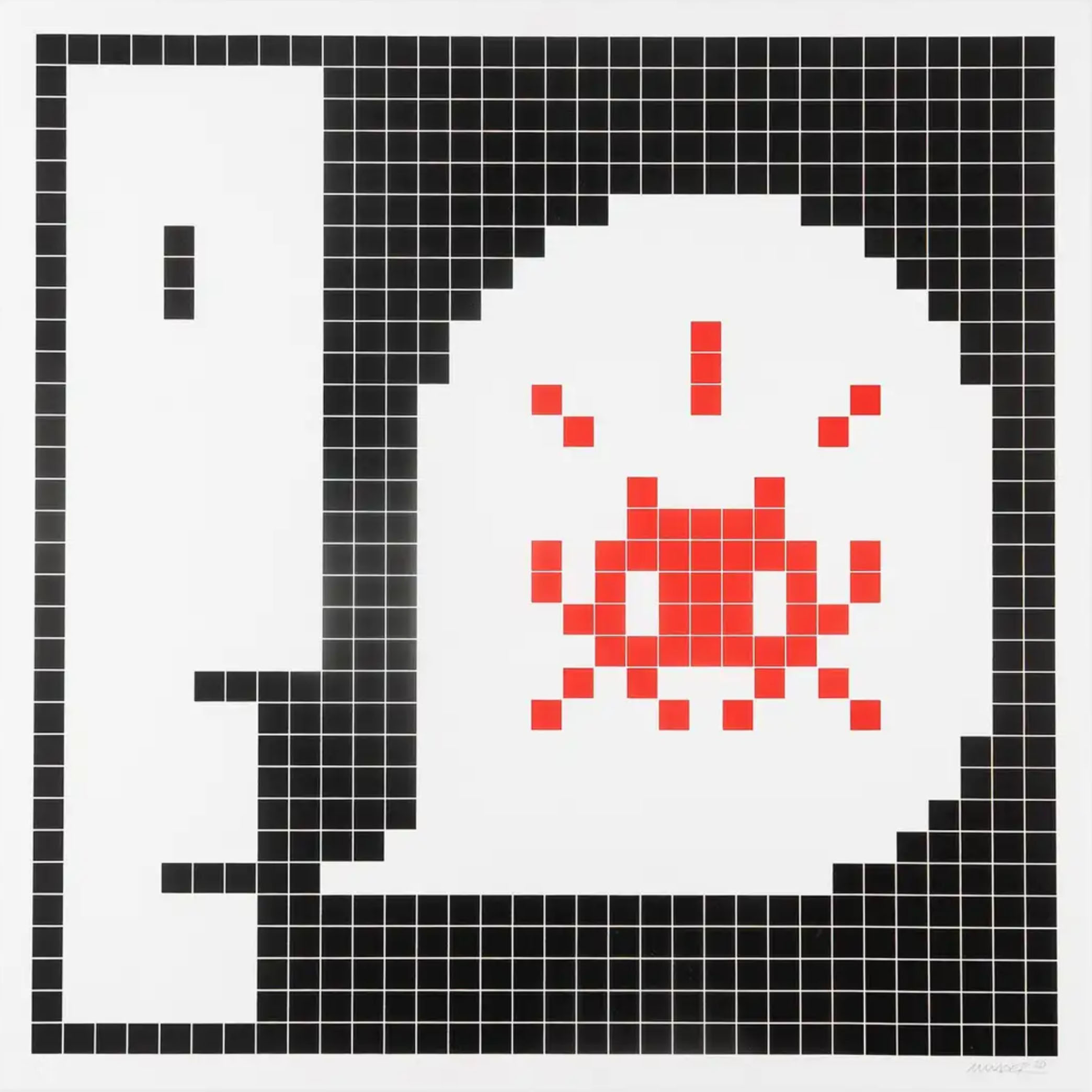During the month of February, the Spanish art collective Boa Mistura, were painting more than fifty boats that rest in the mangrove swamp of Manzanillo, on the border between the Dominican Republic and Haiti. A small beach surrounded by 81 km2 of wetlands, lagoons and mangroves, the most extensive of all the Dominican Republic.
Despite the natural wealth of the area, its situation is one of abandonment. The basic services of electricity, running water and garbage collection are barely covered. The conditions are tremendously precarious for fishermen whose boats have their home here.That is why it was decided to focus the intervention on this place.
Working hand in hand with the fishermen, the precarious boats were conditioned; cleaning the molluscs, repairing them with fiberglass and applying a protective primer before painting.
Every day, from the mangrove area, the fishermen took their boats to the makeshift shipyard on Los Coquitos beach to be painted. They took them by land, towed by neighbours, paddling for more than an hour or lending each other engines. It was the fishermen themselves and their families who were in charge of sanding the old wood, removing the mollusks from the base of the boats, repairing them with fiberglass and applying a protective primer to each boat. and leave them ready to work.
The new skin of the boats is inspired by the colours and shapes of the Parrotfish, an animal of vital importance in the marine ecosystem of the Caribbean, and in continuous threat due to the poaching.
Despite being a protected species, the illegal fishing of the Parrotfish is endangering the balance of tropical ecosystems.There were about fifty boats that were painted during the four weeks of the project.Fifty-two yolas (as they call the boats there) that sail the waters of the Bay of Manzanillo dressed in the skin of the Parrotfish.
The double objective of the project has been to improve the conditions of the boats, the livelihood of many families in the village of Pepillo Salcedo, and to generate a new identity, linked to the awareness of respect for marine biodiversity.
The intervention was carried out within the framework of the Coastal Biodiversity and Tourism project: An opportunity for sustainable development, promoted by the Ministry of Environment and Tourism of the Dominican Republic and with the support of the United Nations Development Program (UNDP).









